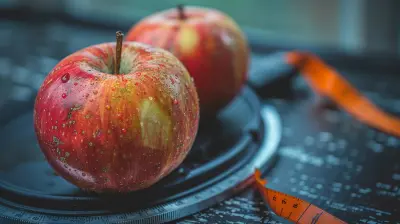Understanding UVA and UVB Rays: The Hidden Dangers for Your Skin
17 June 2025
We all love a little sunshine, don’t we? Whether it’s a beach day, a picnic at the park, or just that warm sun on your face during your morning walk — it feels good. But here’s something many of us tend to overlook: the sun, while glorious, can actually be quietly wreaking havoc on your skin in ways you may not even realize.
Let’s talk about UVA and UVB rays — the not-so-friendly side of sunlight. They’re invisible, silent, and don’t give you much warning before the damage is done. Sounds scary? A little. But don’t worry, we’re going to break this down in plain English and, more importantly, figure out what you can do to protect yourself.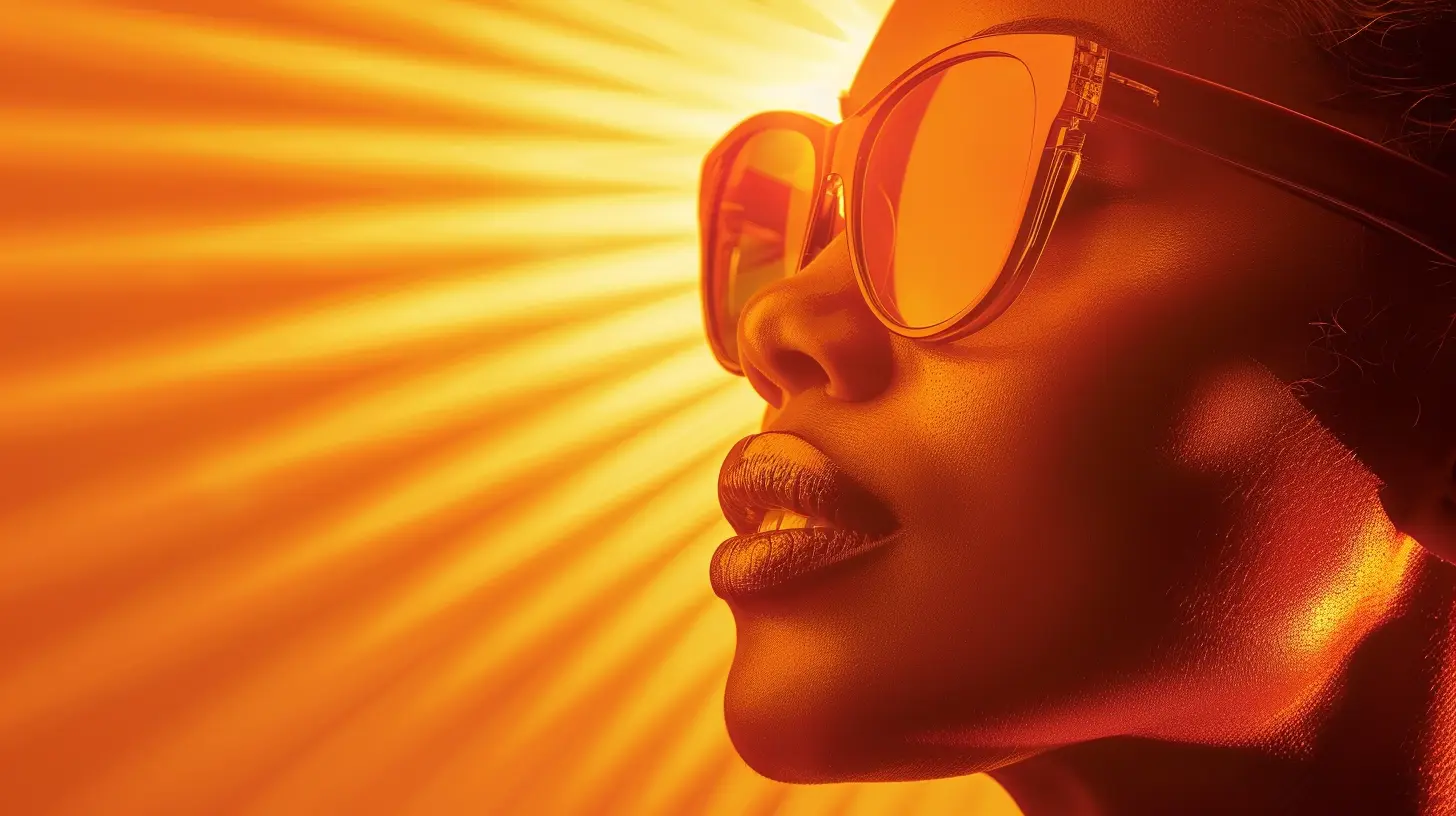
What Are UVA and UVB Rays, Anyway?
Alright, let’s clear up the basics first. The sun gives off different types of ultraviolet (UV) radiation, and the two biggies we need to watch for are UVA and UVB rays.UVA Rays — The “Aging” Rays
UVA rays have a longer wavelength, which means they can penetrate deep into your skin — all the way into the dermis. That’s the thickest layer of the skin where all the action happens.Now here's the kicker: UVA rays don’t give you a sunburn, so you might think you’re safe. But oh no, they’re sneakier than that. They’re the ones primarily responsible for:
- Wrinkles
- Fine lines
- Age spots
- Premature aging
- Long-term DNA damage
And yep, they’re also one of the key players in skin cancer.
UVB Rays — The “Burning” Rays
UVB rays have a shorter wavelength and don’t penetrate as deeply. But don’t let that fool you. These are the rays that give you that red, painful sunburn. Ouch!While UVB rays are more intense than UVA and can cause immediate damage, they are also a major contributor to:
- Sunburns
- DNA mutations in skin cells
- Skin cancer (including melanoma)
- Damage to the outermost layer of the skin (epidermis)
Think of UVA as the slow poison and UVB as the sledgehammer.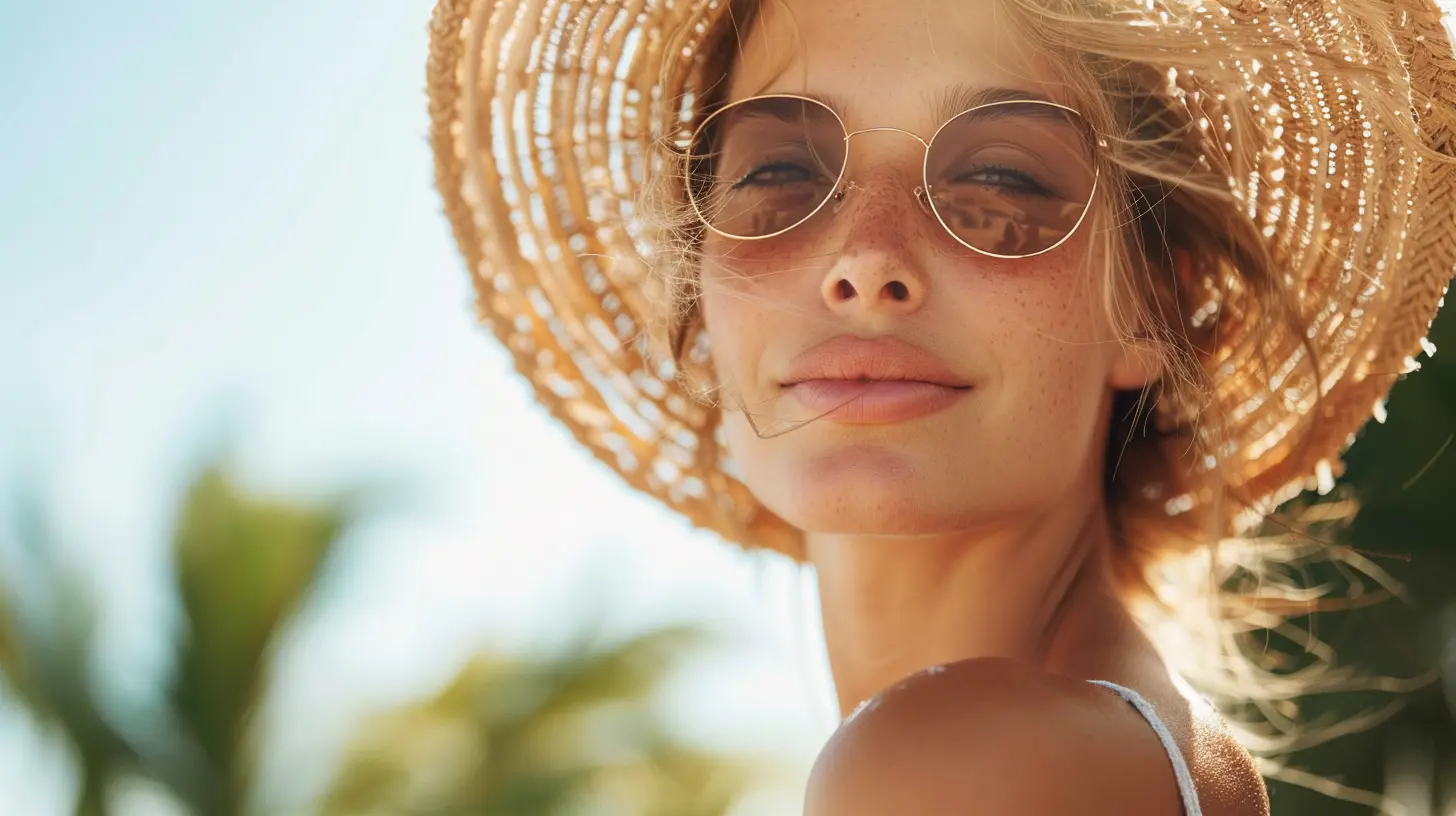
When Are You Exposed to UVA and UVB Rays?
You might assume you’re only at risk during the summer or when the sun is blazing. But here’s the shocker — UVA rays are present all day, every day, rain or shine. They even pass through glass. Yes, that means your daily commute or sitting by a window at work counts.UVB rays are a bit more seasonal and a little less sneaky. They’re strongest from 10 AM to 4 PM and during the spring and summer months. But both rays are around more often than you think — and together, they’re a dangerous duo.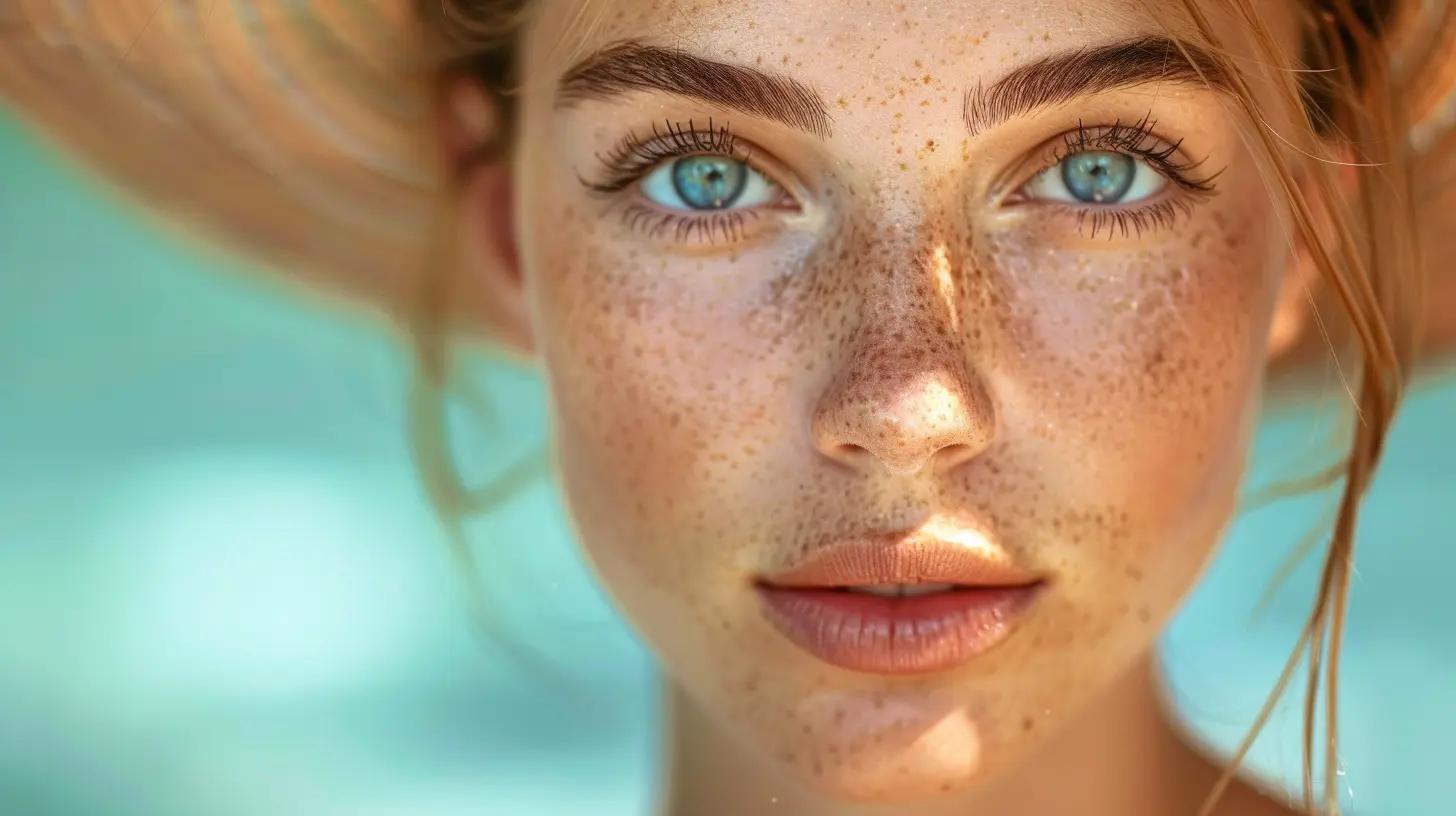
The Long-Term Effects on Your Skin
Let’s pull back the curtain for a minute here. You might feel fine now, maybe even love that sun-kissed look. But over time, UVA and UVB rays can take a serious toll on your skin’s health.1. Premature Aging
Imagine your skin as an elastic band. As UVA rays break down collagen and elastin, your skin begins to sag and wrinkle. That tight, bouncy skin from your youth? It stretches and doesn't snap back as easily. That’s photoaging — and it’s often irreversible.2. Hyperpigmentation and Age Spots
Have you ever noticed brown spots or uneven skin tone creeping in? That’s no accident. UV exposure stimulates melanin, and over time, it can lead to dark patches, freckles, and age spots.3. Skin Cancer
This is the big one. Prolonged exposure to UV rays increases your risk of skin cancer — including basal cell carcinoma, squamous cell carcinoma, and the most dangerous of them all: melanoma. According to the Skin Cancer Foundation, one in five Americans will develop skin cancer by age 70. That's a scary stat.4. Weakened Immune Response
Yes, UV rays can even suppress the skin’s immune function, making it harder for your body to fight off threats and repair itself. That tiny mole changing shape? Your skin might not be able to respond as quickly thanks to UV damage.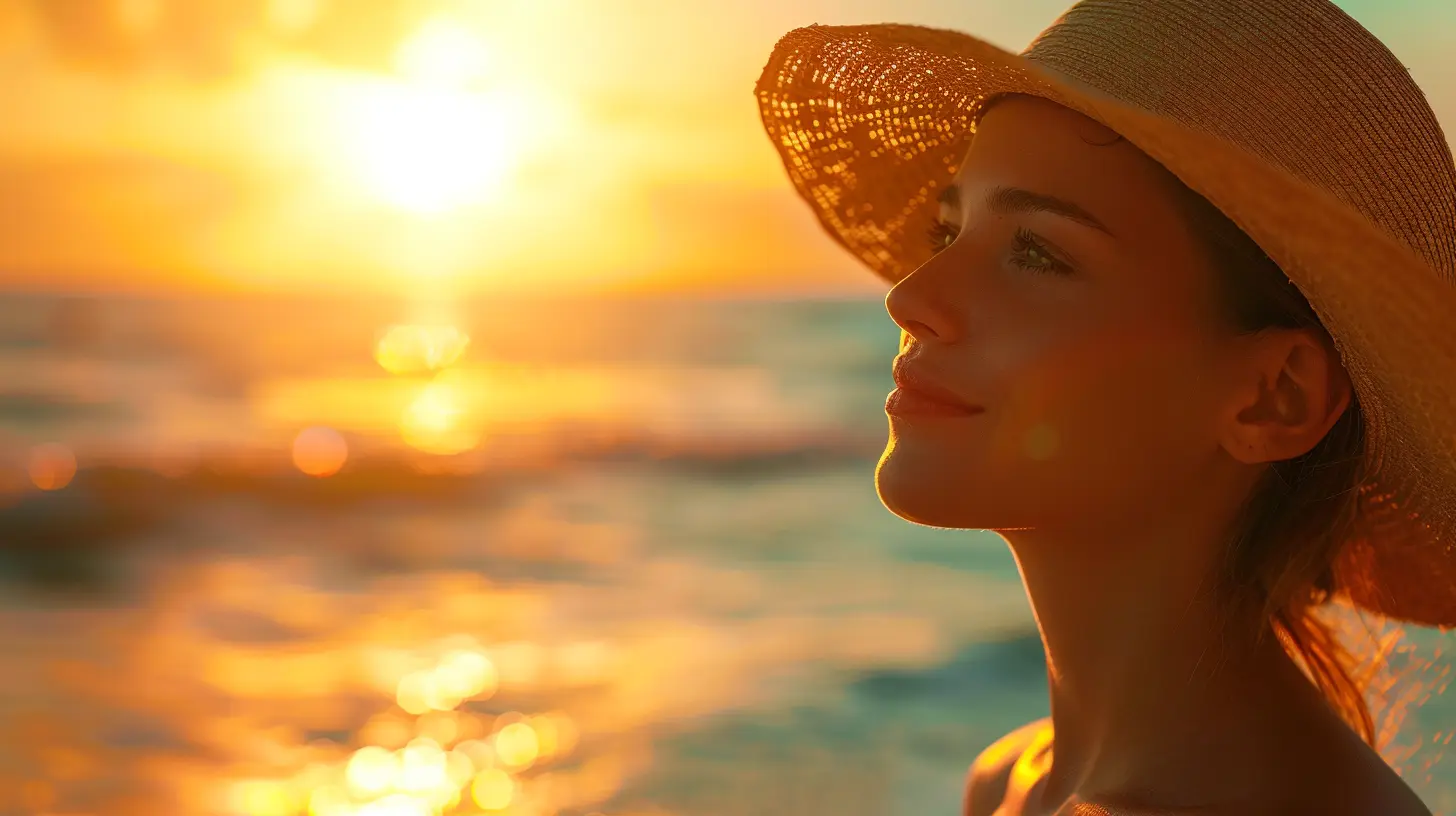
Common Myths About Sun Exposure
Let’s bust some common myths, shall we? Because half the danger lies in what we think we know.“I Don’t Burn, So I’m Safe”
Not true. Just because you don’t see sunburn doesn’t mean you’re not being damaged. UVA rays don’t cause burns, but they still cause long-term harm.“It’s Cloudy, So I Don’t Need Sunscreen”
Wrong again. Up to 80% of UV rays can pass through clouds. So even on overcast days, your skin’s under attack.“I Got My Base Tan, I’m Protected”
Nope. A tan is actually your skin’s defense mechanism — it means your skin is already damaged. It’s not protection; it’s a warning sign.“I’m Indoors All Day”
Surprise! UVA rays can pass through windows, so sitting near a sunny window or driving exposes you regularly. And guess what? Office jobs don’t protect your face from premature aging.How to Protect Your Skin from UVA and UVB Rays
We’ve talked about the problem. Let’s now shift to the solution. Believe it or not, protecting your skin doesn’t require a complete lifestyle overhaul — just smart, consistent habits.1. Use Broad-Spectrum Sunscreen (Every. Single. Day.)
Look for a sunscreen labeled “broad-spectrum.” This means it protects against both UVA and UVB rays. You’ll want something with at least SPF 30.And yes, apply it every day. Even if you’re just walking the dog or running errands. Better safe than sorry.
Here’s a quick tip: Use about a nickel-sized amount for your face and a shot glass worth for your whole body.
2. Reapply Sunscreen Often
Sunscreen isn’t magic. It wears off, especially when you sweat or swim. Reapply every two hours — and immediately after toweling off at the pool or beach.3. Wear Protective Clothing
Think of clothes as your first line of defense. Long sleeves, wide-brimmed hats, and sunglasses are your friends. You can even buy UV-protective clothing these days!4. Avoid Peak Sun Hours
Try to stay indoors or in the shade from 10 AM to 4 PM when UV rays are strongest. If you’re outside, make shade your bestie.5. Use Window Protection
Tint your car windows, sit away from direct sunlight indoors, or install UV films. It might sound extra, but it helps — big time.What About Vitamin D?
You might be wondering: “But don’t I need sun for vitamin D?”Absolutely, you do. But here’s the good news — you only need a small amount of sun exposure to get your daily dose. And you can also get vitamin D from foods (like fatty fish or fortified milk) or supplements, without putting your skin at risk.
Final Thoughts: It’s Not About Fear, It’s About Awareness
Sunscreen might not be sexy, but saving your skin is. The truth is, UVA and UVB rays are like invisible thieves stealing your skin’s youth, health, and in extreme cases, your safety.But you’re not helpless. With just a few changes in your daily routine, you can protect yourself — while still enjoying the sunshine responsibly. Think of it like locking your doors at night. Not because you’re scared, but because it’s smart.
So next time you step outside, remember: your skin is counting on you. Treat it with care, respect, and lots of SPF love.
Stay safe, stay glowing, and keep that sunshine smile — without the damage.
all images in this post were generated using AI tools
Category:
Sun ProtectionAuthor:

Angelo McGillivray
Discussion
rate this article
2 comments
Quincy Navarro
This article effectively highlights the often-overlooked risks of UVA and UVB rays. However, it could further emphasize practical prevention strategies, such as the importance of broad-spectrum sunscreen and regular skin checks, to empower readers in safeguarding their skin health.
October 14, 2025 at 3:51 AM

Angelo McGillivray
Thank you for your valuable feedback! I appreciate your suggestion to include practical prevention strategies, and I'll be sure to emphasize the importance of broad-spectrum sunscreen and regular skin checks in future updates.
Savannah Oliver
Great article! 🌞 Understanding UVA and UVB rays is so important for our skin's health. Protect yourself, enjoy the sunshine, and remember—glow on, but don’t forget that sunscreen! 🧴✨
June 22, 2025 at 4:19 PM

Angelo McGillivray
Thank you! I'm glad you found it helpful. Sunscreen is essential for healthy skin. Enjoy the sun safely! ☀️🧴

